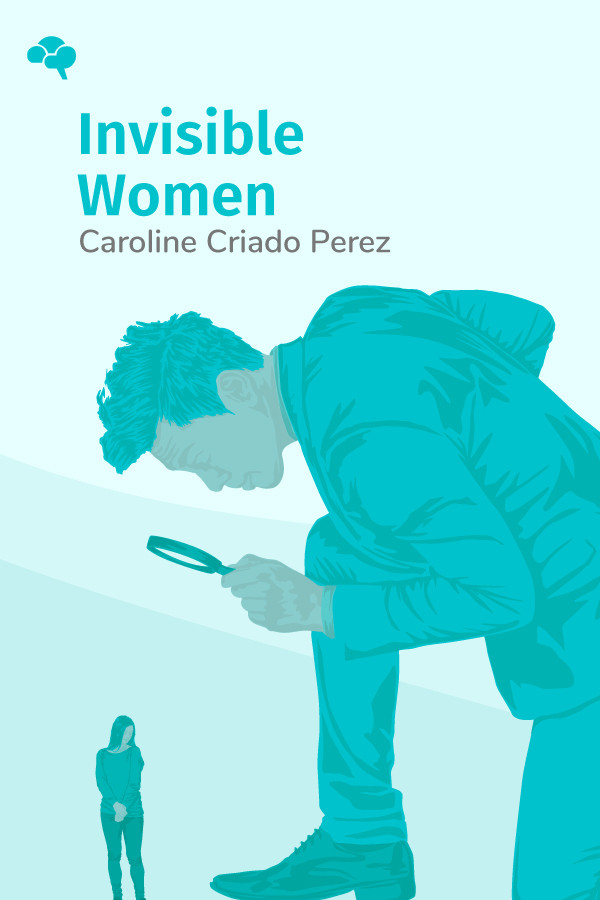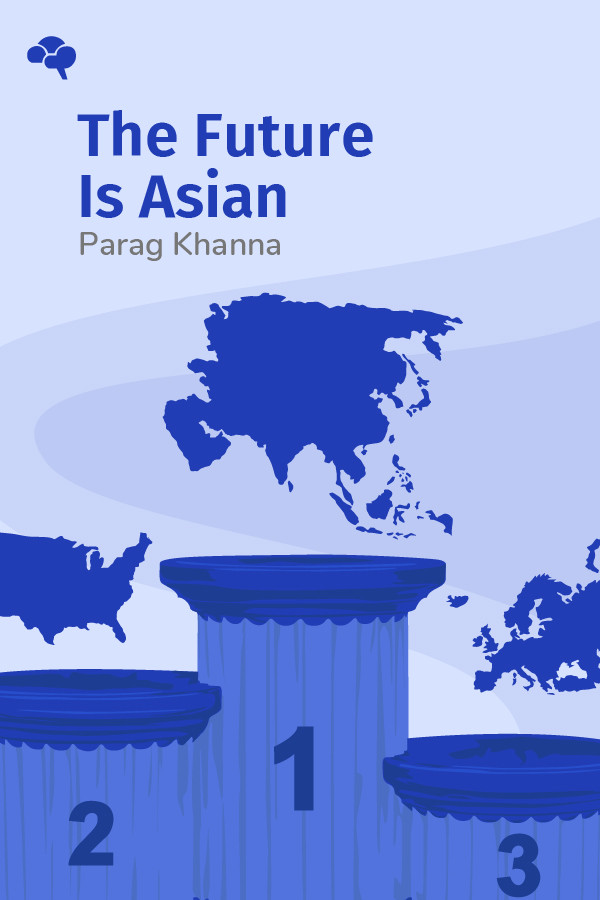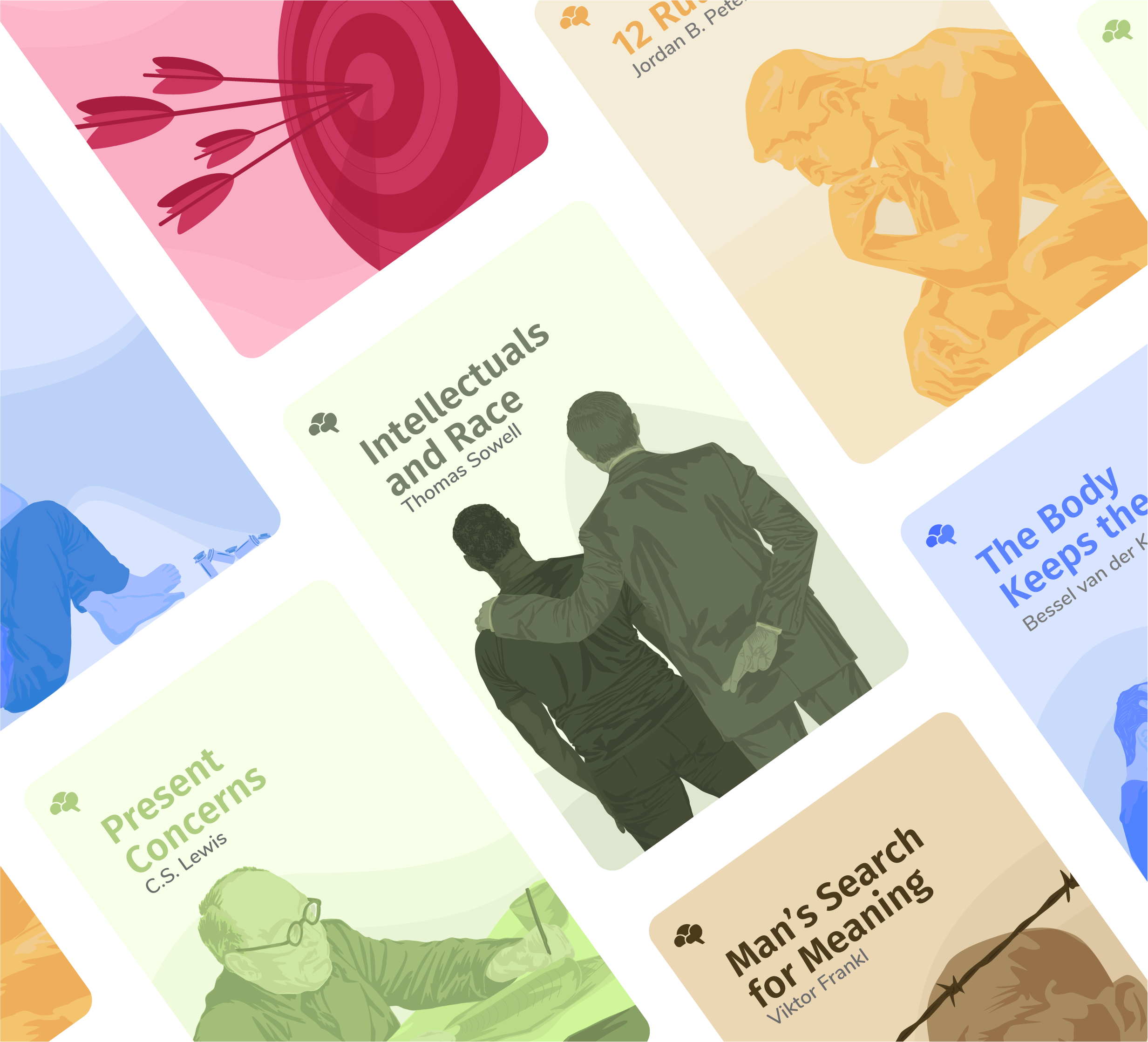Key Insights From:
Invisible Women: Exposing Data Bias in a World Designed for Men
By Caroline Criado Perez


Key Insights From:
Invisible Women: Exposing Data Bias in a World Designed for Men
By Caroline Criado Perez
What You'll Learn:
Think of the experiences that riddle your day—driving your car to work, texting friends, watching a movie with family. Now consider this: Who constructed the way seatbelts are worn, or which characters receive the majority of speaking roles? Even something as seemingly insignificant as emojis (which didn’t include a female option for various occupations until 2016) attest to a male-biased cultural framework. Though society may parade as gender-neutral, a vast number of policies, industries, and daily activities were contrived by men who assumed that their perspective was the standard. The male viewpoint dominates, positioning itself as universal, and this has dire, sometimes fatal consequences for women. Activist Caroline Criado Perez documents this gender data gap through countless statistics, case studies, and other compelling evidence that reveals the fallacy of gender neutrality in an attempt to pull the female experience from its male shadow.
Key Insights:
- Gender neutrality isn’t a blindfold—it’s a pair of glasses that can only see men.
- A woman’s workday doesn’t end when she clocks out; she has an average of three to six more hours of unpaid work at home.
- The next time you say “Hey, Google,” maybe make your voice deeper.
- If you’re a woman, your doctor might be misdiagnosing you. That’s because women are victims of “Yentl syndrome.”
- Women in government influence women everywhere.




